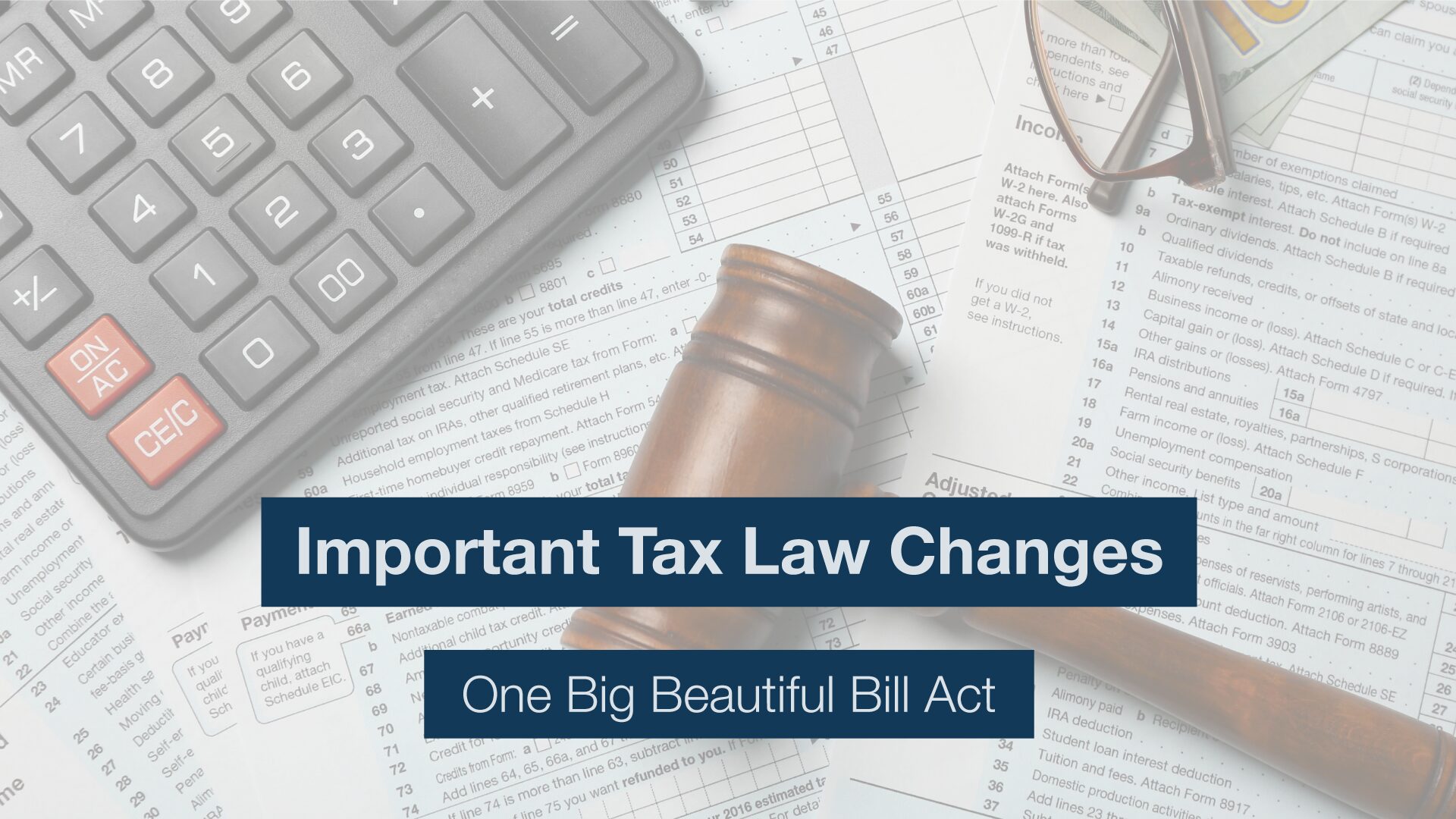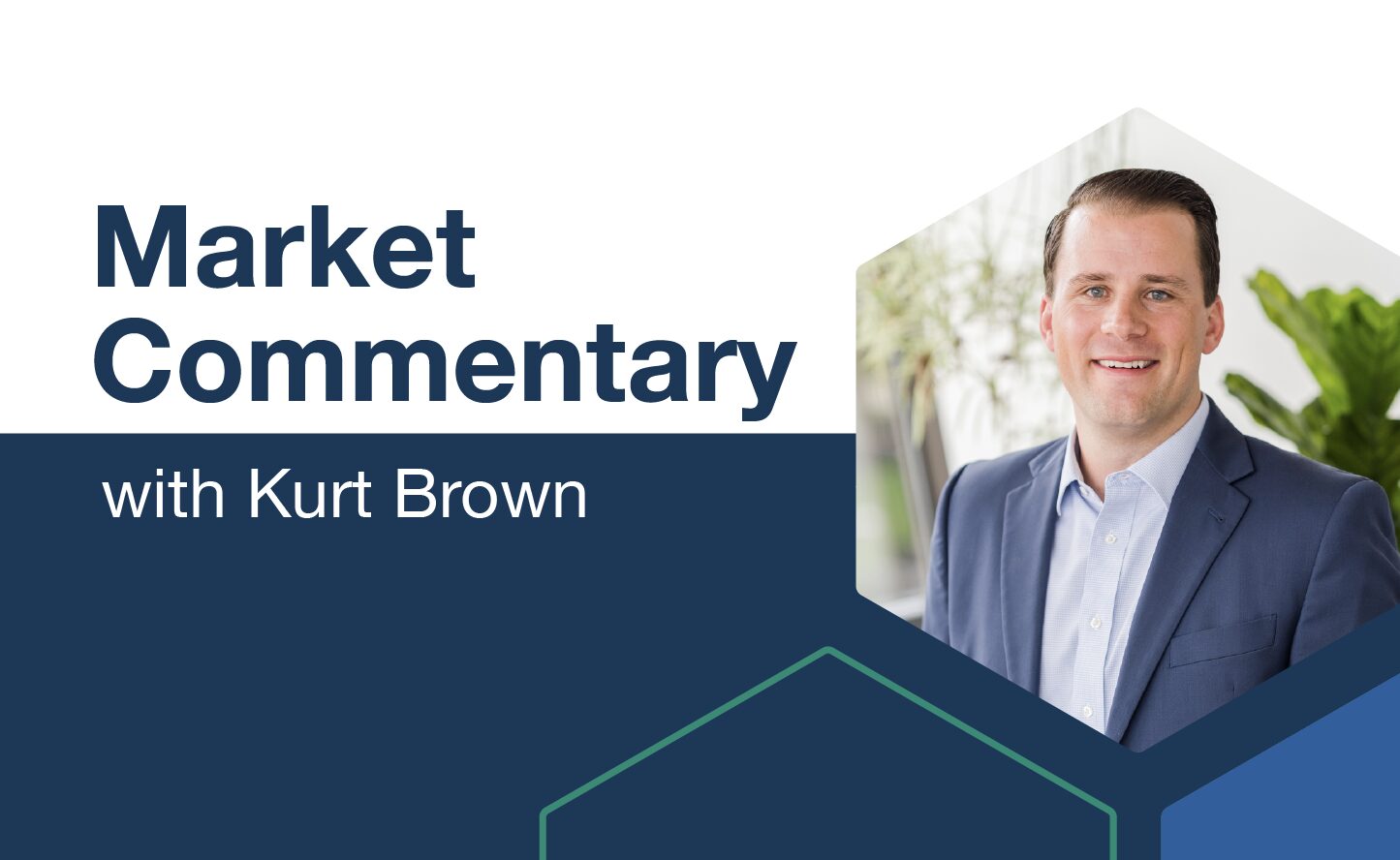February 2017 Financial Markets Summary
“What are the markets going to do in 2017?” That is the most frequent question we have been getting from our clients over the last few weeks. And clients know our stock answers are we don’t know, we have no accurate crystal ball, and virtually all “experts” get these things wrong most of the time. Let’s look at predictions from 16 major investment banks. The average forecast for the S&P 500 at year end is 2353. The index ended 2016 at 2239, so that would result in a 2017 calendar-year return of 5%. Looking at the individual predictions, however, there is a quite wide range of expectations, from 2.7% to as high as 11.6%. If nothing else, this demonstrates the futility of hanging your hat on any prediction.
The 10-year numbers in the chart below would suggest that anyone expecting long-term double-digit returns in the next ten years could be disappointed. 2016 numbers suggest that diversifying and spreading your allocation is a much better use of time than worrying about what will out-perform in any year. Managing risk and controlling expenses are things we can do something about, and that is where we focus a lot of our time. Chasing returns will not help our clients’ dreams to become reality.
The one thing of which we are certain is that 2017 will be a year of changes. Like them or not, the changes have already started. Some will have very little effect on investing, while others will have significant impacts. Some parts of the U.S. economy have reached levels that typically indicate we are starting to operate at near-full capacity. Current low unemployment and higher wages are certainly indicative of this. Internationally, we are seeing better growth from China, which is responding to government stimulus. In Europe, the euro has reached near parity with the U.S. dollar, and that should lead to growth there, led by exports and tourism. Will emerging market stocks have another strong year? Will mid and small cap stocks out-perform large caps again? If you are going to bet, choose your bets carefully.
If one believes that we in a period of rising interest rates, this would mean avoiding longer-duration bonds, especially Treasuries. We have reduced exposure to long-term bonds over the last few years and now favor a relatively short-duration exposure, while still keeping a diversified mix of fixed-income holdings. We have heard from clients who are eager to invest because of changes in Washington, just as we have clients who are fearful of that change. We invite you to find a copy of author John Bicknell’s America 1844. The comparisons of politics, religion, fear, expansionism, and the economy to 2017 are startlingly similar. If nothing else, it confirms how important knowledge of history is. We have been there before. As we always do, we remind our readers that today’s headlines and tomorrow’s reality are seldom the same.
| Asset Index Category | Category | Category | Category | 10-Year |
| 3 Months | 2017 YTD | 2016 | Average | |
| S&P 500 Index – Large Companies | 7.2% | 1.7% | 9.5% | 4.7% |
| S&P 400 Index – Mid-Size Companies | 11.7% | 1.6% | 18.7% | 7.3% |
| Russell 2000 Index – Small Companies | 14.3% | 0.3% | 19.4% | 5.5% |
| MSCI ACWI – Global (U.S. & Intl. Stocks) | 5.4% | 2.7% | 5.6% | 1.6% |
| MSCI EAFE Index – Developed Intl. | 4.3% | 2.9% | 1.0% | 1.0% |
| MSCI EM Index – Emerging Markets | 0.8% | 5.5% | 11.2% | 2.5% |
| Short-Term Corporate Bonds | -0.2% | 0.3% | 2.1% | 2.5% |
| Multi-Sector Bonds | -2.0% | 0.2% | 2.6% | 2.9% |
| International Government Bonds | -5.2% | 1.5% | 1.6% | 2.9% |
| Bloomberg Commodity Index | 3.3% | 0.1% | 11.8% | -5.6% |
| Dow Jones U.S. Real Estate | 2.2% | 0.2% | 7.6% | 3.1% |
Please remember that past performance may not be indicative of future results. Different types of investments involve varying degrees of risk, and there can be no assurance that any specific investment, strategy, or product or any non-investment related content, made reference to directly or indirectly in this newsletter, will be suitable for your individual situation, or prove successful. This material is distributed by PDS Planning, Inc. and is for information purposes only. Although information has been obtained from and is based upon sources PDS Planning believes to be reliable, we do not guarantee its accuracy. It is provided with the understanding that no fiduciary relationship exists because of this report. Opinions expressed in this report are not necessarily the opinions of PDS Planning and are subject to change without notice. PDS Planning assumes no liability for the interpretation or use of this report. Consultation with a qualified investment advisor is recommended prior to executing any investment strategy. No portion of this publication should be construed as legal or accounting advice. If you are a client of PDS Planning, please remember to contact PDS Planning, Inc., in writing, if there are any changes in your personal/financial situation or investment objectives. All rights reserved.
Be sure to Follow our Blog to stay up-to-date on all future posts!



